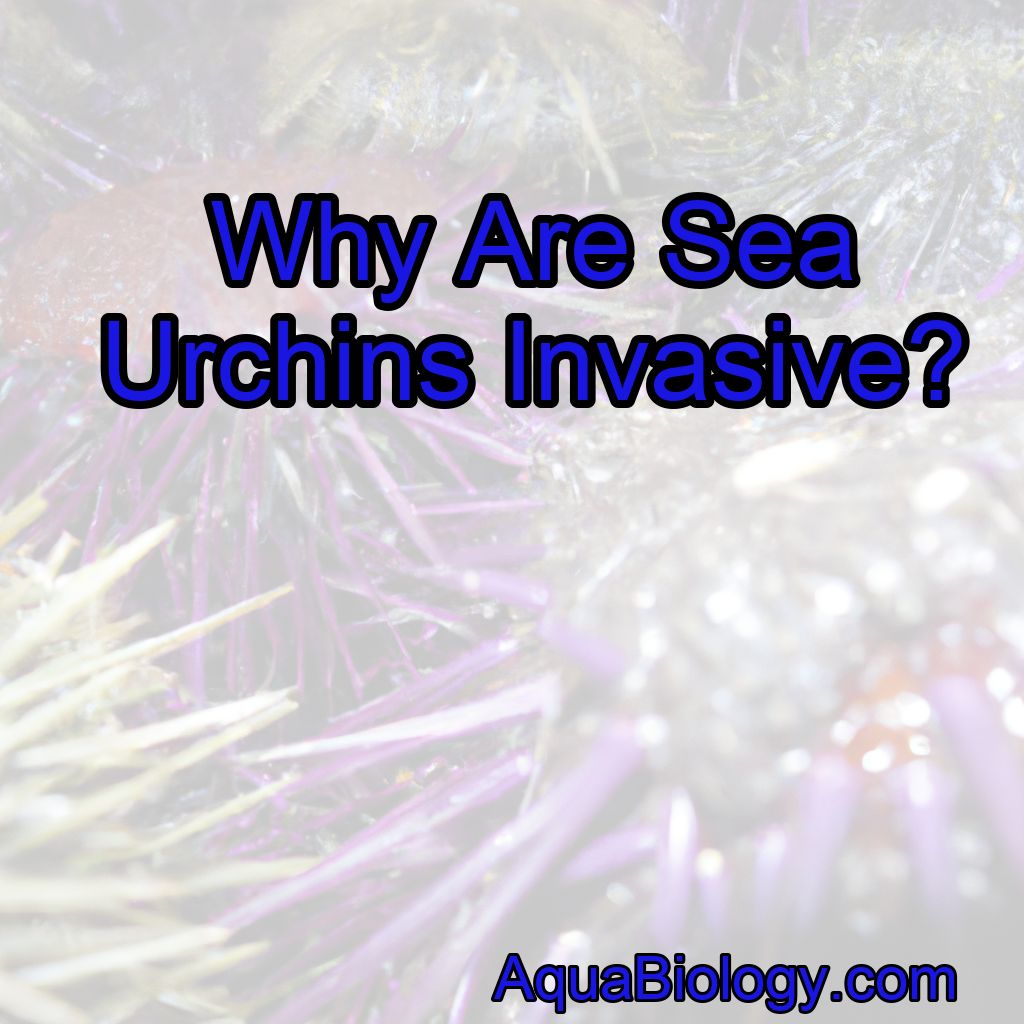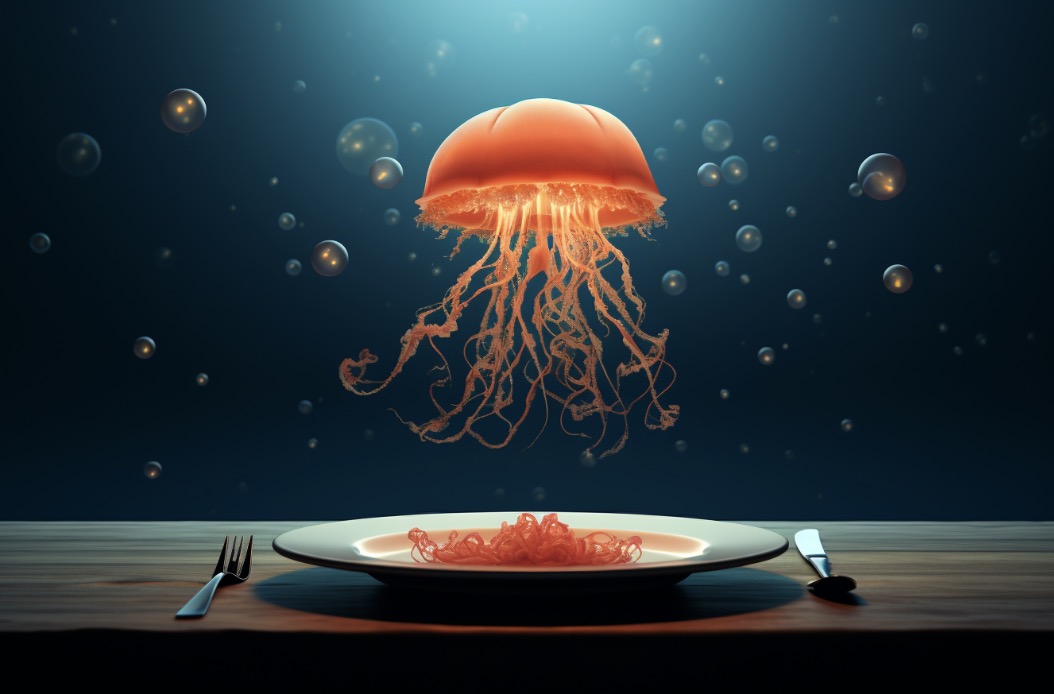I have always been fascinated by the underwater world, especially by the intricate and diverse marine life that inhabits our oceans. One particular creature that has captured my attention is the sea urchin.
Sea urchins are considered invasive because they can rapidly overpopulate and devastate their environment by overgrazing on seagrasses and seaweeds.
With their spiky exteriors and unique body structures, sea urchins have a certain charm that is hard to resist. However, there is a darker side to these fascinating creatures.
In some parts of the world, sea urchins have become invasive species, wreaking havoc on delicate ecosystems. In this blog post, we will explore the reasons behind this invasion and the consequences it has on marine ecosystems.
The Invasion Begins
To understand why sea urchins have become invasive, we must first look at their natural habitat and feeding habits.
Sea urchins are found in various oceans around the world, and they play an important role in maintaining the health of coral reefs and other marine ecosystems.
They primarily feed on algae, which helps keep the reef ecosystem in balance.
However, when conditions are right, sea urchin populations can explode, leading to an overabundance of these spiky creatures.
Climate Change and Sea Urchin Overpopulation
One of the major factors contributing to the invasive nature of sea urchins is climate change.
Rising water temperatures and increasing ocean acidity levels have a direct impact on the growth and reproduction of sea urchins.
These changes create favorable conditions for their population to explode, as they can reproduce at a much faster rate than their predators can keep up with.
This overpopulation can have devastating effects on marine ecosystems, as sea urchins consume excessive amounts of algae, leading to the destruction of coral reefs and seagrass beds.
The Loss of Natural Predators
Another reason for the invasive behavior of sea urchins is the loss of natural predators. In some areas, overfishing and habitat destruction have decimated populations of sea otters, lobsters, and other creatures that feed on sea urchins.
Without these predators to keep their numbers in check, sea urchin populations can grow unchecked and quickly become invasive.
The Destruction of Coral Reefs and Seagrass Beds

When sea urchins reach invasive levels, they can completely decimate coral reefs and seagrass beds.
These delicate ecosystems rely on a delicate balance between the different species that inhabit them.
When sea urchins consume excessive amounts of algae, they destroy the habitats of many other marine organisms.
Without the protective cover of coral reefs or the nurturing environments provided by seagrass beds, many species are left vulnerable and can face extinction.
The Domino Effect
The destruction caused by invasive sea urchins can have a domino effect on the entire ecosystem. As coral reefs and seagrass beds are destroyed, the fish and other creatures that rely on these habitats for food and shelter are left without a home.
This can lead to a decline in fish populations, which in turn affects the livelihoods of local communities that depend on fishing for their income and sustenance.
The Battle Against Sea Urchin Invasions
Efforts are being made to combat the invasive nature of sea urchins. Researchers are studying the behavior and biology of sea urchins to better understand their reproductive cycles and find ways to control their population growth.
One potential solution is the introduction of predators that feed on sea urchins, such as sea otters or lobsters, back into their natural habitats. By restoring the natural balance and reintroducing these predators, it may be possible to control the invasive sea urchin populations and protect vulnerable marine ecosystems.
Conclusion
In conclusion, sea urchins have become invasive due to a combination of factors, including climate change, the loss of natural predators, and their own reproductive abilities. The consequences of their invasion can be devastating, leading to the destruction of coral reefs and seagrass beds, and the decline of fish populations.
Efforts are being made to combat this invasion, but it is a complex problem that requires a multi-faceted approach. By understanding the reasons behind the invasive behavior of sea urchins, we can work towards finding sustainable solutions to protect our precious marine ecosystems.
Five Facts about Sea Urchin Invasions:
1. Sea urchins become invasive when their populations explode due to favorable conditions created by climate change.
2. The loss of natural predators, such as sea otters and lobsters, contributes to the invasive behavior of sea urchins.
3. Invasive sea urchins destroy coral reefs and seagrass beds, leading to the decline of fish populations and the loss of livelihoods for local communities.
4. Efforts are being made to control sea urchin invasions by studying their behavior and reintroducing natural predators.
5. Finding sustainable solutions to protect marine ecosystems from invasive sea urchins is crucial for the health and balance of our oceans.
FAQs
Why are sea urchins bad for the environment? Sea urchins can be bad for the environment when their populations become too large and they overgraze on kelp forests, which are important habitats for many marine species.
This can lead to a loss of biodiversity and ecosystem function. Additionally, some species of sea urchins can be invasive and disrupt native ecosystems.
Do sea urchins have a purpose?
Yes, sea urchins have a purpose in their ecosystem as they play a vital role in maintaining the balance of marine ecosystems by controlling the growth of algae and providing food for predators.
What do humans use sea urchins for?
Humans use sea urchins for food, as their roe (eggs) are considered a delicacy in many cultures.
They are also used in some traditional medicines and cosmetics.
Is eating sea urchin bad?
No, eating sea urchin is not bad.
In fact, it is considered a delicacy in many parts of the world and is a good source of protein, vitamins, and minerals.
However, it is important to ensure that the sea urchin is fresh and properly prepared to avoid any potential health risks.
Are sea urchins good to eat? Yes, sea urchins are considered a delicacy in many cultures and are often used in sushi and other seafood dishes.
The edible part is the roe, which has a rich, buttery flavor.
What is the disadvantage of sea urchin? Sea urchin can be expensive and difficult to harvest, and can also be harmful to the environment if over-harvested.
Additionally, some people may have allergic reactions to the spines or the flesh of the sea urchin.




